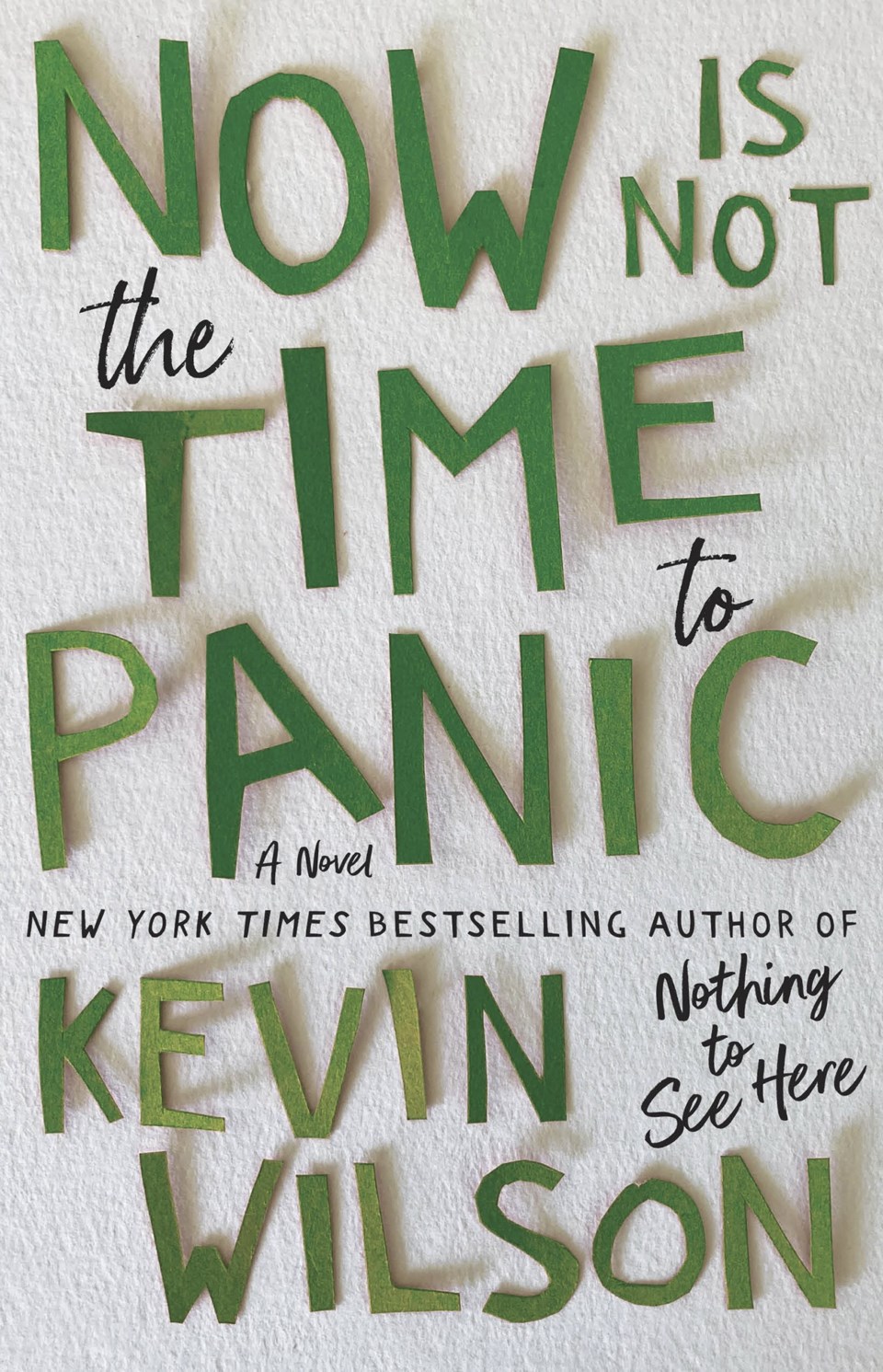ãNow Is Not the Time to Panic,ã by Kevin Wilson (Ecco)
For the past 25 years the bestselling author Kevin Wilson has repeated to himself a semi-poetical, semi-nonsensical phrase that evokes the self-mythologizing bravado of outlaw musicians: ãThe edge is a shantytown filled with gold seekers. We are the fugitives, and the law is skinny with hunger for us.ã
The phrase became ãa mantra of sorts,ã he explained in promotional material for his latest novel, ãNow Is Not the Time to Panic,ã ãa magic spellã that helped him cope with painful, recurring thoughts that he had experienced since childhood, later diagnosed as Tourette syndrome.
That phrase has become the centerpiece of his new novel, an earnest exploration of adolescence and the power of art to change lives. It is narrated by a successful novelist, Frankie Budge, who writes subversive Nancy Drew fan fiction and is devoted to her husband and daughter.
One day she gets a call from an art critic, who wants to know if she was responsible for a crude, hand-lettered poster that first showed up in Coalfield, Tennessee, some 20 years earlier, eventually becoming a global pop culture phenomenon.
She was, of course, and most of the novel is a long flashback about the events of that summer, when a 16-year-old Frankie teamed up with a fellow teenage misfit, Zeke, to create an artwork with the above-mentioned ãedgeã mantra, accompanied by Zekeãs vaguely threatening, apocalyptic illustrations.
At first, their DIY project, endlessly copied on an old Xerox machine and distributed everywhere, seems like harmless fun. But soon, for complicated reasons that are resonant in todayãs conspiracy-minded world, it is condemned as the devilãs work, drawing media attention, spawning imitations, and bringing hordes of outsiders to town.
When, in the ensuing uproar, people die, Frankie and Zekeãs budding romance goes south, and neither one ever speaks of it again. Until Frankie gets that fateful phone call and has to reckon with the consequences of her and Zekeãs actions that long-ago summer, and what it means to make art and put it out into the world.
Wilson, whose 2019 novel ãNothing to See Here,ã was about two kids who spontaneously catch fire when they get upset, has created in Frankie and Zeke ã two quirky, appealing characters who can barely contain their own combustible blend of teenage omnipotence and despair.
The novel wobbles a little when Wilson is tasked with writing grown-up Frankie, who acts and sounds a lot like her junk food-loving younger self, but, overall, he has written a seductive, highly imaginative story that testifies to the transformative power of art.
Ann Levin, The Associated Press



